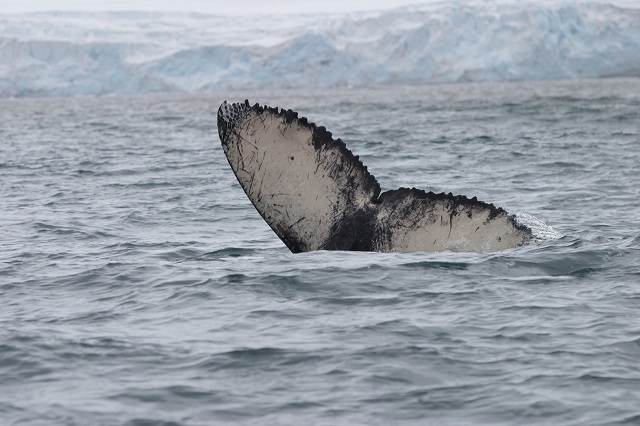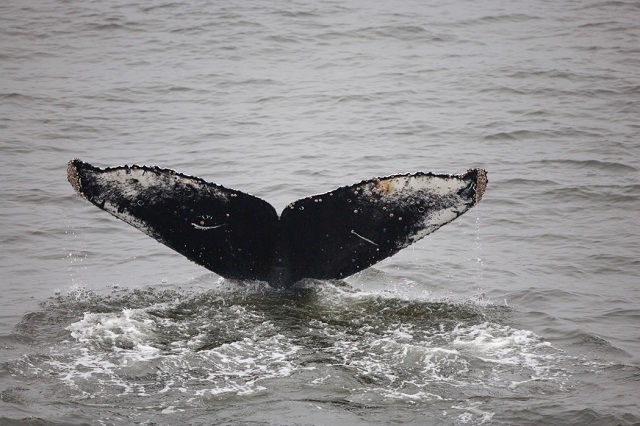Getting to Know Whales as Individuals
Why is it important to get to know whales as individuals? Ted Cheeseman, of Antarctic tour operators Cheeseman’s Ecology Safaris, says:
“Like most large whale species, humpbacks were heavily exploited by whaling throughout their range, but happily most populations have rebounded since receiving protection in the 1970's. The primary method through which this recovery is being measured is photo-identification, where the sighting histories of individually-recognizable individuals are used to estimate population-level trends.”
Cheeseman runs a citizen science project called Happy Whale, and he says: “Between the increase in whale numbers in many regions, the advent of digital photography, and growing contributions from citizen scientists aboard whale watching vessels, the photographic samples that are increasingly available to researchers often vastly surpass their ability of to process them with current image management technology.”
Understanding the whales requires analyzing this data, a time intensive process with current technology. For humpbacks in the North Pacific, we may not have the luxury of time, says Cheeseman. Most subpopulations in the ocean basin were recently proposed for delisting under Endangered Species Act; however, to successfully and responsibly delist a species or population, its size and projected growth must be well-documented.
The last major assessment of this population was conducted from 2004-2006, and involved a tremendous amount of manual labor, says Cheeseman. This same image set should form the basis of the next assessment, but the labor it will require to integrate another substantial photographic collection into it may be untenable under existing methods.
Humpbacks are considered one of the easier whale species to individually identify by eye. They are identified by both the markings on the underside of their tail flukes and the overall shape, and while this provides a great deal of information for most whales that a human brain can efficiently process, most computer systems can't quickly and reliably converge on a metric that works for all types of flukes in a population, regardless of marking types. “Thus we still rely heavily on manual labor to process these images; with this project we are developing a reliable and efficient computer-based identification system,” says Cheeseman.
“For us this is the beginning of a realization of a dream; for more than two decades we’ve been traveling to the Antarctic, seeing whale populations begin to recover from what was nothing short of a holocaust through the last century’s whaling. We don’t have much information about these animals, so to be able to build a system where we can recognize individuals and begin to put together the stories behind the animals that so inspire our travels, well, it’s really exciting,” he says.
The aim of the Happy Whale project work is twofold, says Cheeseman:
• to improve understanding of the Antarctic ecosystem and marine ecosystems of the world, and
• to make the inspiration and beauty of these environments more accessible, meaningful and personal to those who travel with us.
Hannah

Gerlache

